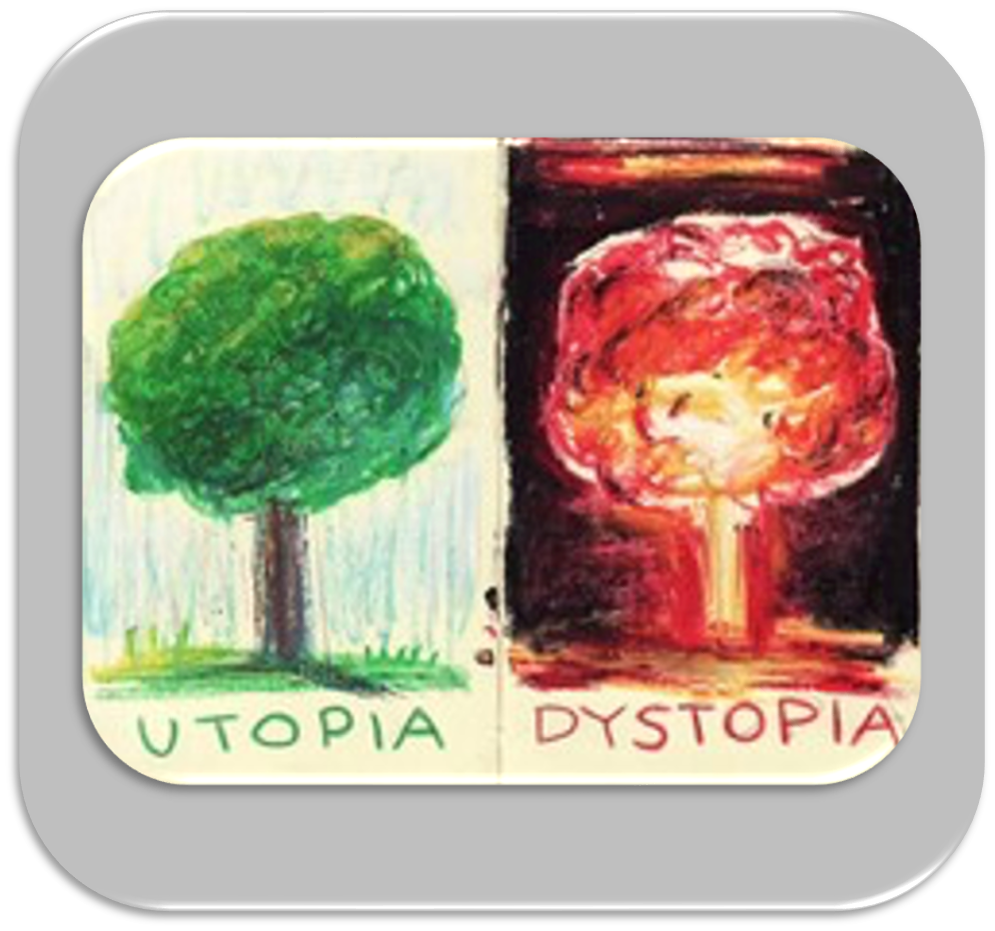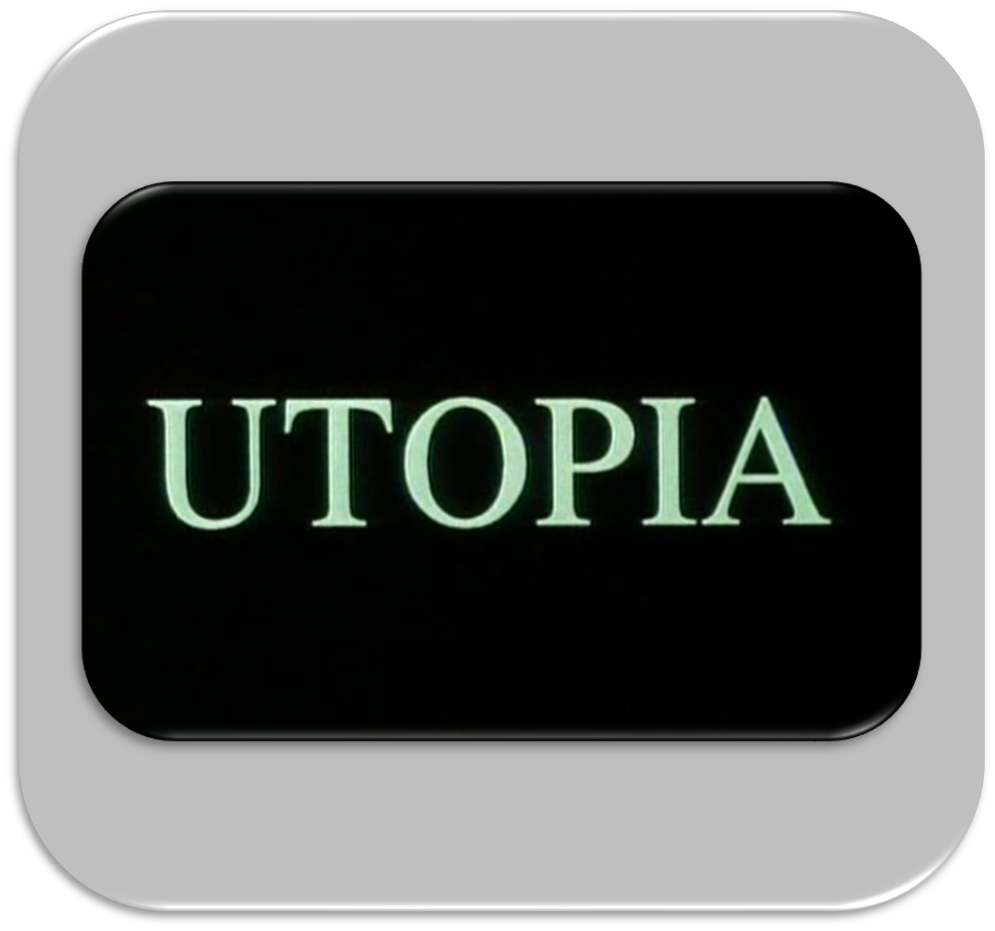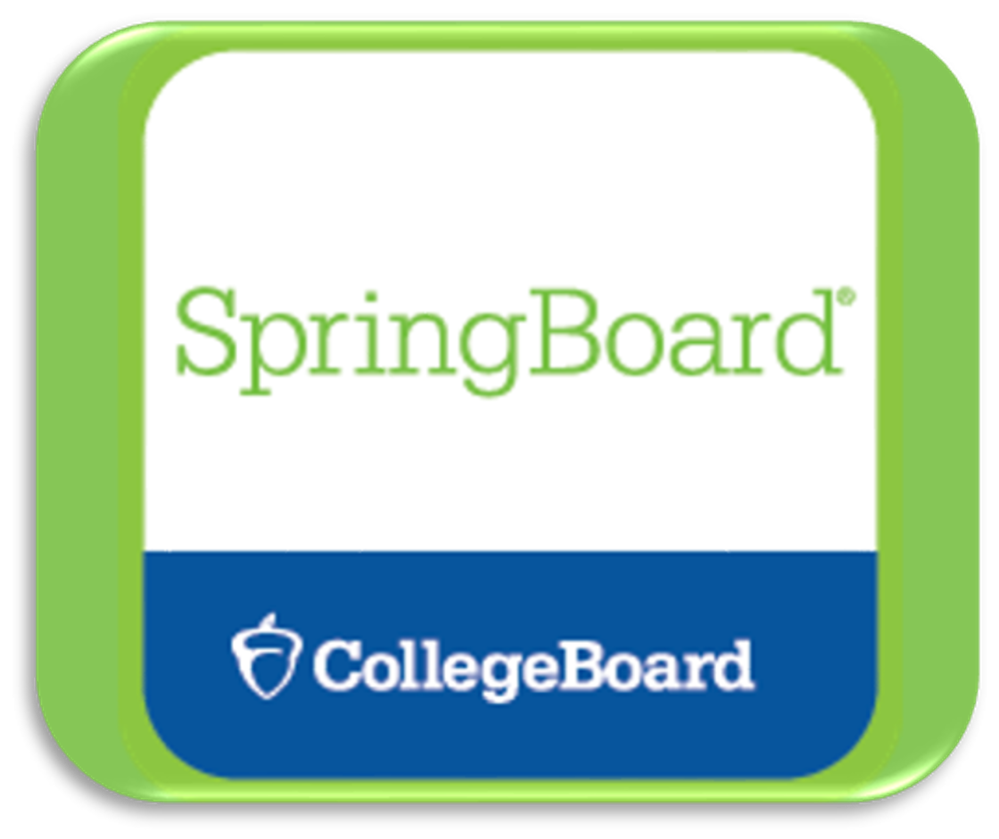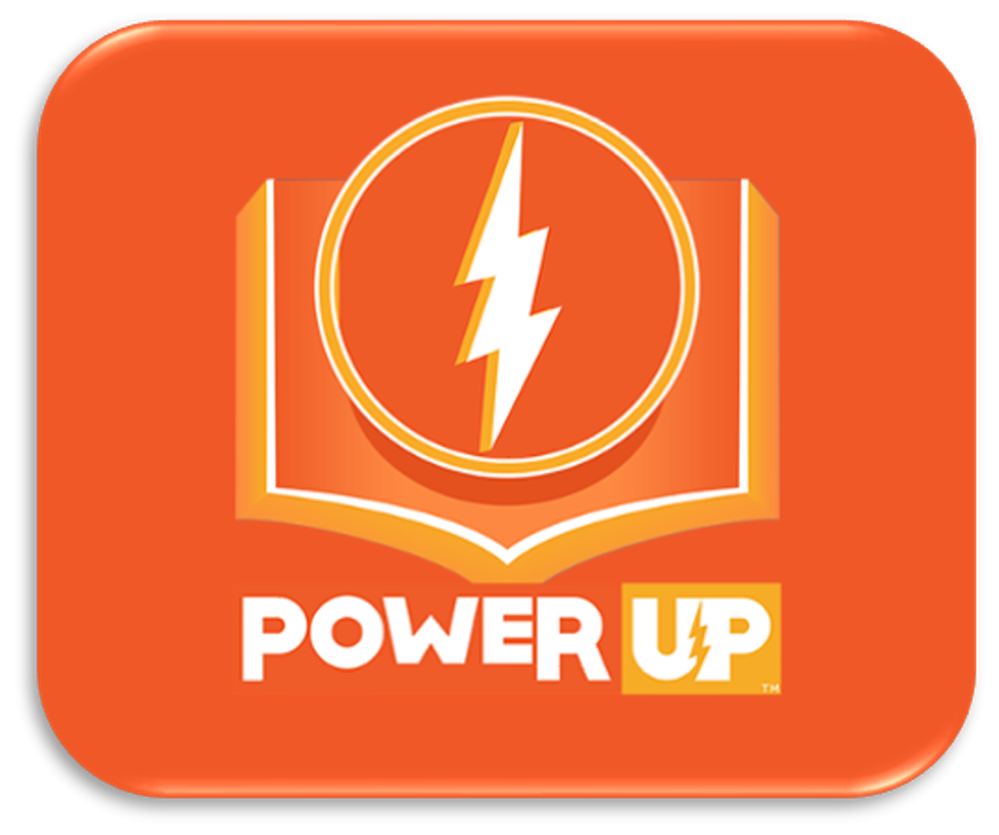- School District of Beloit
- 8th Grade - Literacy & Language Arts
8th Grade - Literacy & Language Arts
-
The School District of Beloit literacy curricula are highly rated and aligned to Wisconsin state English Language Arts standards. Our vision for literacy learning is to build strong reading foundational skills and grade-level understandings for all students through culturally relevant and responsive instructional practices, strategies, and resources to meet each learner's language and literacy needs. Through rigorous and engaging instruction in the domains of reading, writing, speaking, listening, and thinking, we will develop students' language abilities so that they can analyze, interpret, summarize, and synthesize information from multiple sources and perspectives to make meaning of the complex world around them. By nurturing strong home, school, and community literacy partnerships, the School District of Beloit’s literacy programs will nurture the joy of reading and a strong, lifelong literacy identity within each learner so that they may excel in their pursuit of college, career, and community opportunities.
8th Grade Literacy & Language Arts Units
-

Unit 1 - The Challenge of Heroism
This unit explores and connects the Hero’s Journey archetype and narrative writing. Students apply their understanding of the Hero’s Journey archetype and narrative writing to create their own hero, draft, and revise an original Hero’s Journey narrative.
-

Unit 2, Section 1 - Utopia/Dystopia: Flexible Novel Unit
Through their study of argumentation, students realize they have the power to convince others to do what is right, to make a change, or to see things from a new perspective. Students learn how to develop an effective argument through reading, writing, collaboration, and debate. They learn the importance of understanding one’s audience and using research and logic to support a claim. Students apply their understanding by writing a research-based argumentative essay about a controversial topic. In their embedded assessment, students will research a debatable issue and evaluate the claims made by various writers. They will use their knowledge of informational text to determine how the information presented is related to and developed. Students will determine the credibility of their sources and discard irrelevant information while properly paraphrasing and quoting information deemed relevant.
-

Unit 2, Section 2 - The Challenge of Utopia
Through their study of argumentation, students realize they have the power to convince others to do what is right, to make a change, or to see things from a new perspective. Students learn how to develop an effective argument through reading, writing, collaboration, and debate. They learn the importance of understanding one’s audience and using research and logic to support a claim. Students apply their understanding by writing a research-based argumentative essay about a controversial topic. In their embedded assessment, students will research a debatable issue and evaluate the claims made by various writers. They will use their knowledge of informational text to determine how the information presented is related to and developed. Students will determine the credibility of their sources and discard irrelevant information while properly paraphrasing and quoting information deemed relevant.
-

Unit 3 - The Challenge to Make a Difference
This unit invites students to study the past as a way to act on their future. The unit introduces the theme “finding hope in times of despair” through a visual prompt, poetry, and novel excerpts. As part of their embedded assessment, students will work collaboratively in various formats to expound on their own thoughts and build on the ideas of others. In doing so, they will demonstrate their knowledge of language functionality in various contexts. The group’s thoughts and ideas will be synthesized in a panel discussion presentation during which students will summarize a variety of texts and explain their connection to a central theme. Students will cite relevant textual evidence that contributes to the development of the theme.
-

Unit 4 - The Challenge of Comedy
Students have learned that overcoming challenges is not easy, but they have also experienced that finding humor in life can help along the way. Students will explore and further develop critical analysis skills, identify and analyze levels of comedy, and synthesize their understanding of humor to collaboratively write and revise a multi-paragraph literary analysis of a humorous text. As part of their embedded assessment, students will work collaboratively to develop an explanatory essay in the form of an analysis. Together, they will pull evidence from a variety of texts (literary and informational) to support their analysis. Students will rely on their knowledge of word-solving strategies to make sense of unknown words throughout the course of the unit.
By the end of 8th Grade, students will...
-
- analyze how characters’ motivation and behaviors influence events and the resolution of the conflict.
- establish a clear and focused introduction.
- embed and cite direct quotations.
- sequence ideas logically using an appropriate organizational structure.
- identify and apply effective techniques and strategies for writing groups.
- analyze a novel for thematic development.
- recognize and analyze literary elements in a novel.
- develop informative/explanatory texts using the compare/contrast organizational structure.
- recognize and analyze figurative language.
- analyze differences in perspectives (characters, audience, or reader), biases, and points of view (in fictional text).
- gather and synthesize relevant information from credible sources.
- establish a clear claim and support it with valid reasoning, relevant and sufficient evidence, and by addressing counterclaims.
- sequence ideas logically and use transitions to create coherence.
- use diction and language (e.g., persuasive appeals and grammatical mood) to convey an appropriate tone and persuade an audience.
- demonstrate a command of conventions (e.g., when citing textual evidence).
- create an accurate annotated bibliography.
- trace an argument in text and evaluate the soundness of reasoning.
- present a discussion that explains how literary elements develop a theme.
- use precise, academic language to communicate effectively with group members and the audience.
- employ eye contact, an appropriate speaking rate, volume, enunciation, a variety of natural gestures, and conventions of language while presenting.
- demonstrate a deep command of the conventions of standard English grammar, usage, and language (including active and passive voice).
- write a multi-paragraph literary analysis essay that addresses the prompt.
- organize an essay with an engaging beginning, transitions to smoothly connected ideas, and a satisfying conclusion.
- demonstrate a command of the conventions of standard English capitalization, punctuation, spelling, grammar, and usage.
- work through all stages of the writing process.



